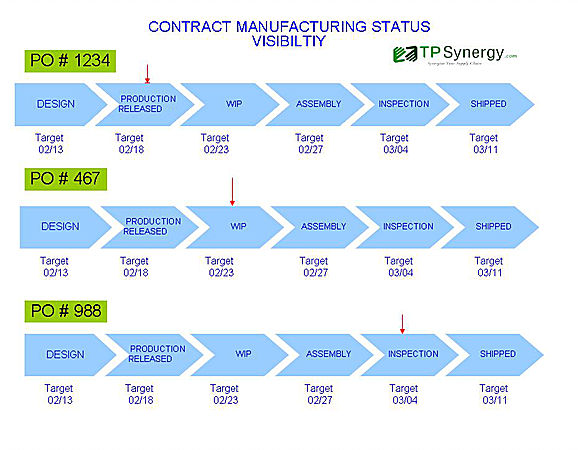How to Reduce Risk In Your Supply Chain – Step 1 – Identifying Risks
All business comes with a degree of risk, and that’s not going to change. No matter how streamlined and fail-proof you make every aspect of your business, things can and will always go wrong. This is especially true for a supply chain, where an error in one place can drastically impact everybody down and even before them. The key is to find and reduce your risk wherever possible. This can be done in many ways, but the first step is to identify the risk factors in your supply chain. These can include, but are not limited to:
INVENTORY RISK:
Inventory within a supply chain is, by definition, subject to the variations in demand. When demand is low, the inventory moves slower, and vice versa. The risk here is that without accurate forecast collaboration, serious and potentially devastating blockages in inventory can occur, such as a glut that slows down the entire chain.
SUPPLY RISK:
Along with inventory, supply has to match the demand coming in. However, this is not always possible, and can sometimes be outside of your control. For instance, the recent U.S tariffs against China

have had serious repercussions on some suppliers and their ability to match with demand. While actions like these are largely out of control for most of us, preventative actions can still be taken.
POLITICAL RISKS:
 Somewhat related to the previous risk, other geopolitical concerns can come into play. The recent economic and political volatility in Venezuela has had a serious effect on companies reliant on oil and petroleum suppliers from there. In addition, high inflation and tax rate changes within countries can have serious effects on supply chains.
Somewhat related to the previous risk, other geopolitical concerns can come into play. The recent economic and political volatility in Venezuela has had a serious effect on companies reliant on oil and petroleum suppliers from there. In addition, high inflation and tax rate changes within countries can have serious effects on supply chains.
FINANCIAL RISK:
 Unlike the previous two factors, most people have a more direct control over this factor. Financial risks like intra-company losses, fluctuations in price and demand, and changes in loans and interest rates can have just as drastic if not a more serious effect on the supply chain as a blockage in money can cripple an entire company.
Unlike the previous two factors, most people have a more direct control over this factor. Financial risks like intra-company losses, fluctuations in price and demand, and changes in loans and interest rates can have just as drastic if not a more serious effect on the supply chain as a blockage in money can cripple an entire company.
OPERATIONAL RISK:
One of the biggest risks in a supply chain is problems within a company. While they are the closest to us, they are often the hardest to predict. Management problems, IT issues, internal regulations, complications with a merger, etc. can have major and long lasting issues on a supply chain and can sometimes destroy it altogether.
In the next post, we’ll talk more about mitigating these risks throughout your supply chain.



Leave a Reply